For many cat owners, the distinctive sounds of their feline friends are an endearing part of their charm. But anyone familiar with multiple breeds can attest to the fact that not all cats “speak” the same way. The vocal tendencies of cats can vary dramatically between different breeds. This article delves into the fascinating reasons why some cat breeds are more vocal than others, offering insights into feline communication that can deepen our understanding and appreciation of these beloved pets.
Understanding Feline Communication
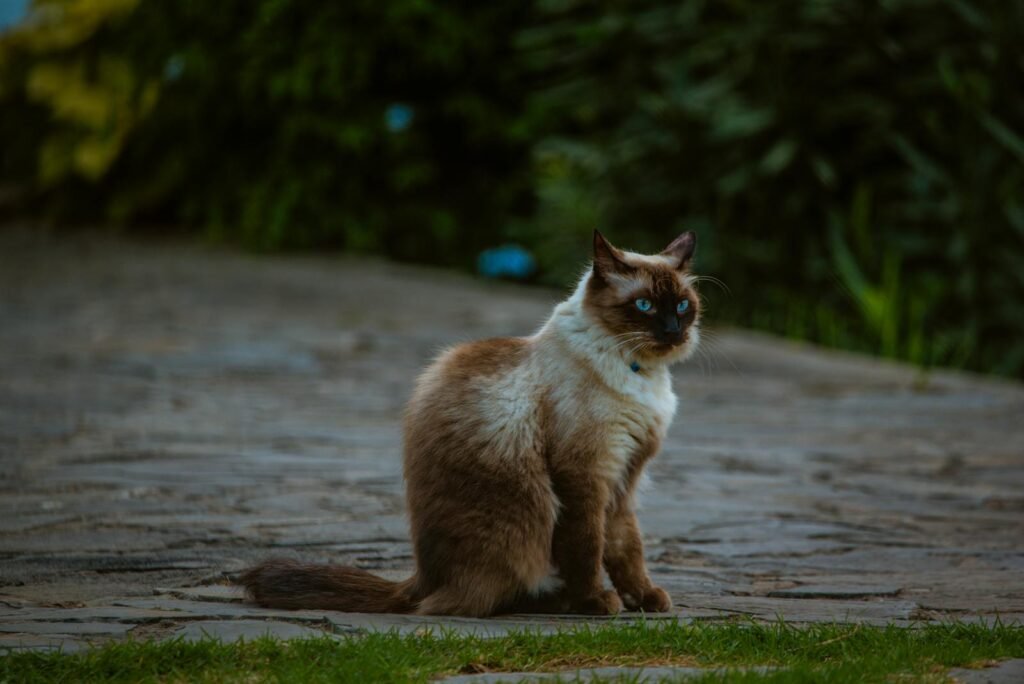
To unravel the mystery of vocal feline breeds, it’s essential first to understand how cats communicate. While many might think of cats as solitary and independent, they are, in fact, quite expressive animals. Cats use a range of sounds – from meows and purrs to growls and chirps – to convey their needs, feelings, and even their moods. These vocalizations can serve various purposes, like drawing attention, expressing discomfort, or signaling their eagerness for interaction.
The Role of Genetics and Evolution
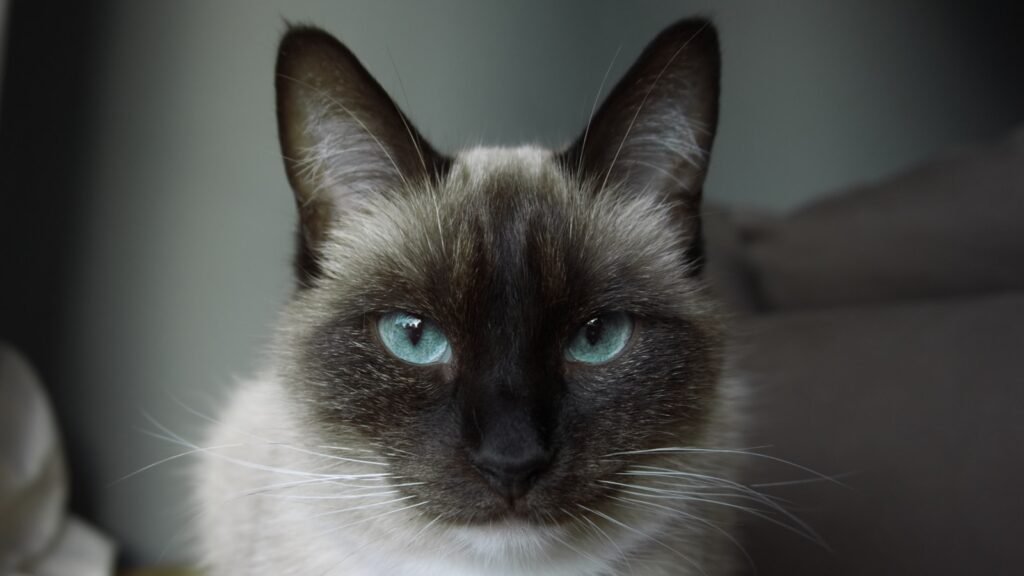
When it comes to vocal tendencies, genetics plays a crucial role. Over centuries, certain cat breeds have evolved through selective breeding to either favor more vocal or quieter traits. Breeds developed by humans to be domestic companions, like the Siamese, have been bred for traits that include more pronounced vocalization—likely because humans found this trait engaging and communicative.
Breed-Specific Personality Traits

Just as some dog breeds are known for specific characteristic behaviors, cat breeds also exhibit distinct traits, with vocalization being one of them. Breeds like the Oriental Shorthair, Burmese, and Balinese are known for their talkative natures. These breeds tend to have outgoing personalities and often seek more interaction with their human companions, leading them to vocalize more frequently.
Importance of Environment and Socialization
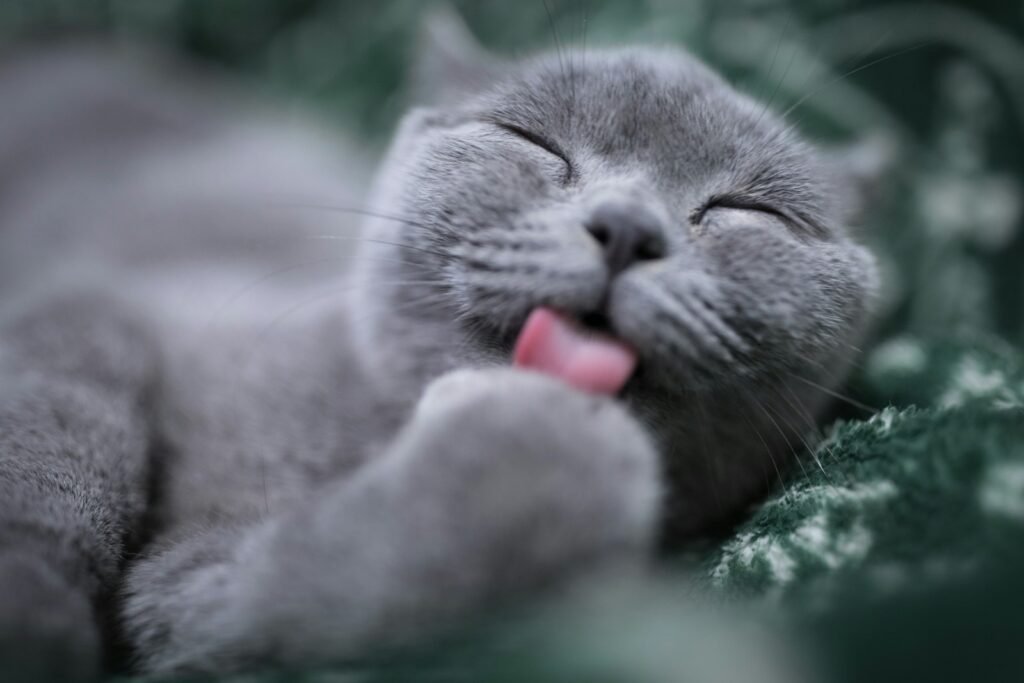
A cat’s environment and early experiences can significantly impact its vocalizations. Cats raised in busy households with constant human interaction may learn to vocalize more to grab attention or express needs. Conversely, cats in quieter environments might develop more subtle communication styles. Training and socialization also play a role in shaping how vocal a cat may become.
Common Vocal Breeds
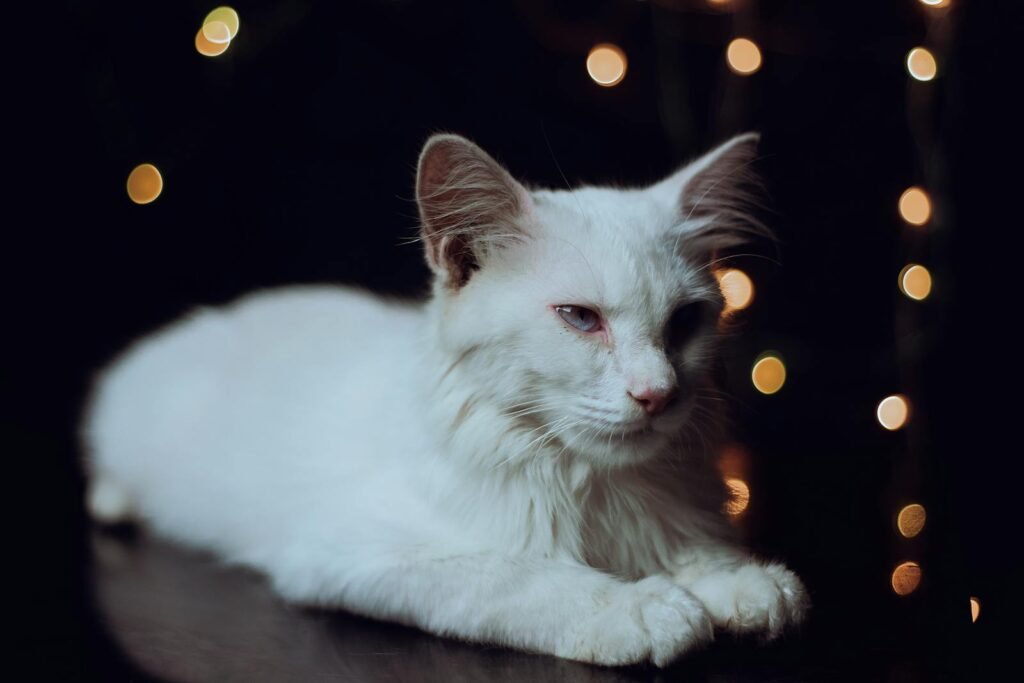
Some of the most vocal cat breeds include the Siamese, known for their loud and frequent vocalizations; the Oriental, which often “talks” throughout the day; and the Bengal, which tends to have a wide range of vocal pitches. Each of these breeds has unique reasons and motivations for their chatty nature, stemming from both evolutionary and human-influenced selection.
Health Implications of Vocalization
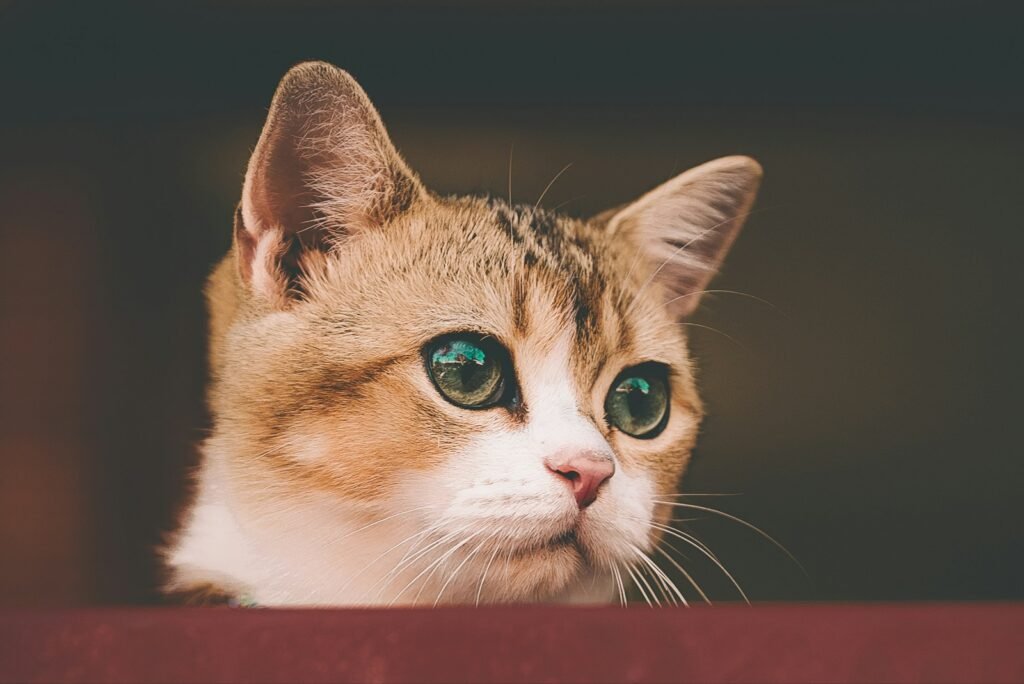
Increased vocalization is not always a sign of a content and communicative cat. Sometimes, excessive vocalization can indicate discomfort or health issues. Conditions like hyperthyroidism, dental problems, or stress can cause cats to be more vocal than usual. It’s important for pet owners to pay attention to changes in their cat’s vocal behavior and seek veterinary advice if needed.
Meeting the Needs of Vocal Cats
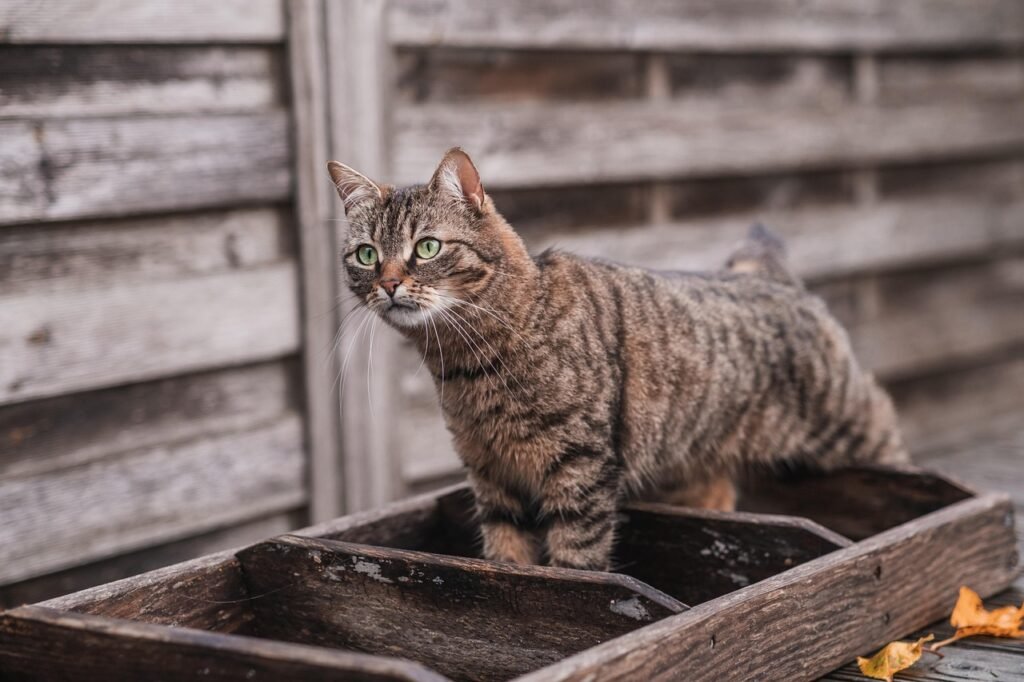
For owners of vocal breeds, understanding the needs behind their pets’ vocalizations can help strengthen the human-feline bond. Providing sufficient mental and physical stimulation, and ensuring their environment is both engaging and comforting, is crucial. Interactive play, puzzle feeders, and dedicated attention can go a long way in keeping vocal cats happy and healthy.
Managing Excessive Vocalization
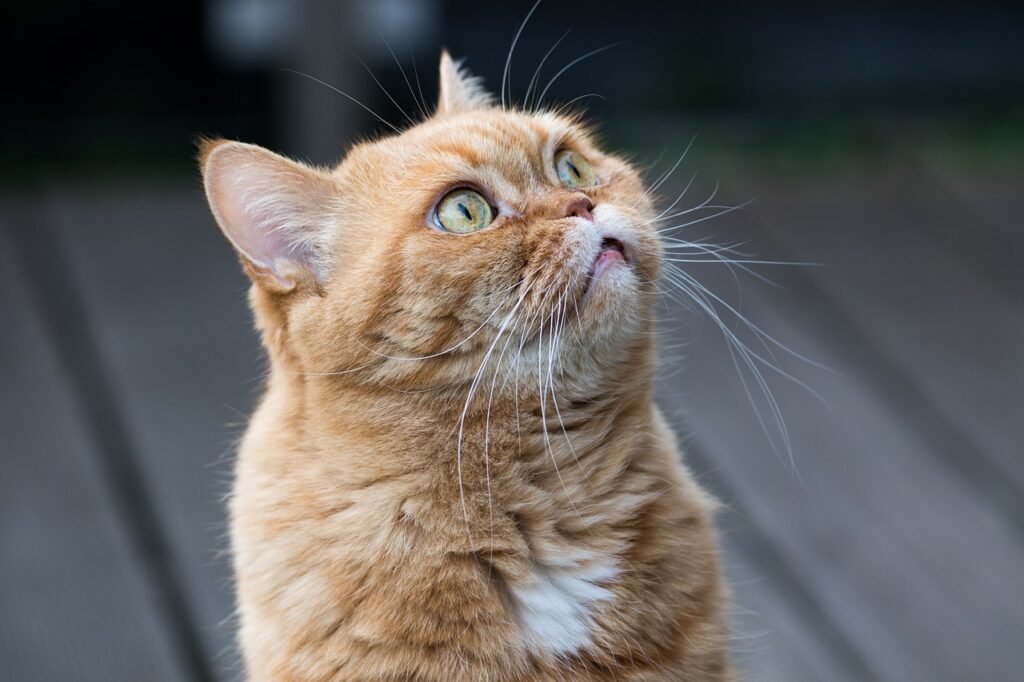
While vocal cats often bring lively companionship, there can be such a thing as too much talk. Training techniques, such as rewarding quiet behavior or gradually desensitizing a cat to stimuli that trigger excessive vocalization, can help manage this. Consistency and patience are key when working to reduce unwanted vocal behaviors.
Conclusion: Embracing Cat Expressiveness

Understanding why some cat breeds are more vocal than others allows us to appreciate the rich tapestry of feline communication. Whether it’s a genetic trait, a product of their upbringing, or a response to their environment, cats are diverse in their expressions. For pet owners, recognizing these vocal tendencies and adapting care to meet their pet’s unique needs can lead to a happier and more harmonious relationship with their feline companions.






